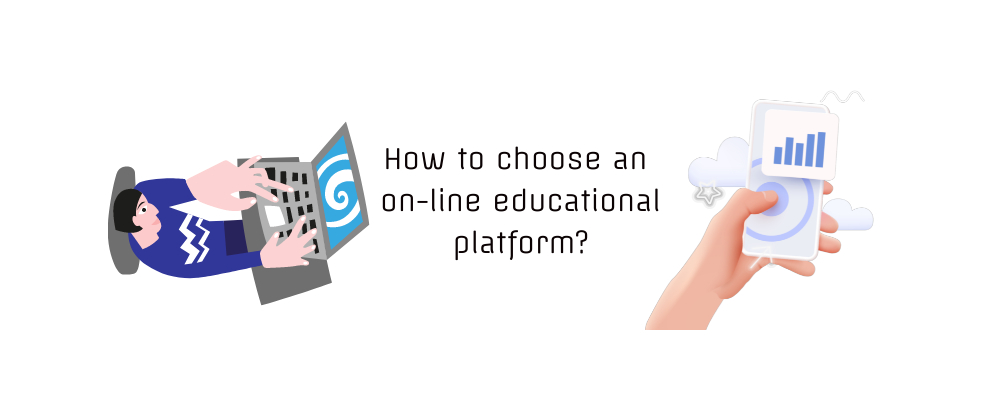Covid - 19, that suddenly burst into our lives, forced almost all educational institutions to go on-line.
Various methods were chosen for online communication:
- The easiest one is to conduct lectures and seminars in Zoom, Microsoft Teams and other similar systems from home.
- Purchase of special equipment and software that allows conducting classes from classrooms with the virtual presence of students.
- Active use of educational on-line platforms, mainly in the cloud, which made it possible to conduct synchronized online classes, conduct online testing of students, provide them with supporting information, and answer students' questions.
- Creation of own online platforms, focused on own needs.
Someone is still in the process of choosing the best way to interact on-line.
We are not an educational institution in the classical sense, but for us it once also become necessary to teach on-line. We tried different ways to satisfy this need, except for the second one, which requires significant financial investments, which are unlikely to justify themselves on our scale.
Training exclusively through Zoom, Microsoft Teams proved to be ineffective. It took us a long time; it was difficult to work online with an audience with different levels of knowledge; it was not always possible to find a time convenient for us and for all participants of training to communicate; it was impossible to control the understanding of the material. It is almost impossible to achieve results with this approach.
We decided to divide the educational process into two stages. On the first, to enable all participants to take pre-recorded video courses and answer test questions, and on the second, to meet in Zoom / Microsoft Teams and discuss students' questions, including those related to their practical activities.
Since our goal is to enable training participants to acquire knowledge sufficient to actively participate in discussions with lecturers, it was fundamentally important to provide for the opportunity for participants to:
- have access to lectures and tests in 24 x 7 mode
- listen to lectures and take tests as many times as necessary to understand the material.
We tried to work with several existing educational platforms that offered a varied menu of all kinds of functions for conducting on-line classes. We chose two “advanced” platforms that do not set strict technical requirements for the computers of the participants in the training. We recorded a video, prepared tests and launched training.
It turned out much more effective than training in Zoom. But, after some time, we decided to create our own online platform.
Why?
The first reason is the over-versatility of these platforms. Availability of a lot of functions that should satisfy all users made the platform extremely difficult for educators to work with. Having a programming background, we figured it all out. But the complexity of managing the creation of courses, in our opinion, is unjustified. Communication with universities - our colleagues that used similar online platforms, showed that this is not only our opinion. Most of their lecturers, precisely because of the complexity of working with such platforms, did not use even a tenth of the available functions.
The second reason is the lack of adaptation to our needs. We lacked some functions in learning management, while the platform contained many functions that were redundant for us.
And most importantly, we began to be intimidated by the dependence of our activities on technology companies - the owners of these platforms. All our courses, tests, data bases were separated from us. We did not feel the security of our intellectual product and were not 100% sure of the reliability of our educational services.
Therefore, when creating our own platform, it was important for us to ensure:
- ease of use and the absence of "garbage" - redundant functions that complicate the work with the platform
- logic and flexibility in creating courses, tests, certificates
- clarity
- availability of own "internal" designer, that is "always with you"
- the ability to "build the capacity of the platform", taking into account the expanding requirements for training.
Today our platform is ready, and we are successfully using it for training. It is convenient and comfortable for both us and the participants of our trainings to work with it.
What conclusions have we drawn?
Versatility and cloudiness are not always good, especially when applied to education. More important are reliability and security, as well as taking into account the specifics of approaches to organizing training in different institutions.
An educational platform should not make life difficult for lecturers and students. It should be as simple and intuitive as possible. After all, the platform is just a mechanism for delivering knowledge and nothing more. It should be simple and easy to use.
Apparently, online education one way or another will not leave our lives. Therefore, our recommendation is to create your educational platforms convenient, comfortable and secure. This will justify itself.

